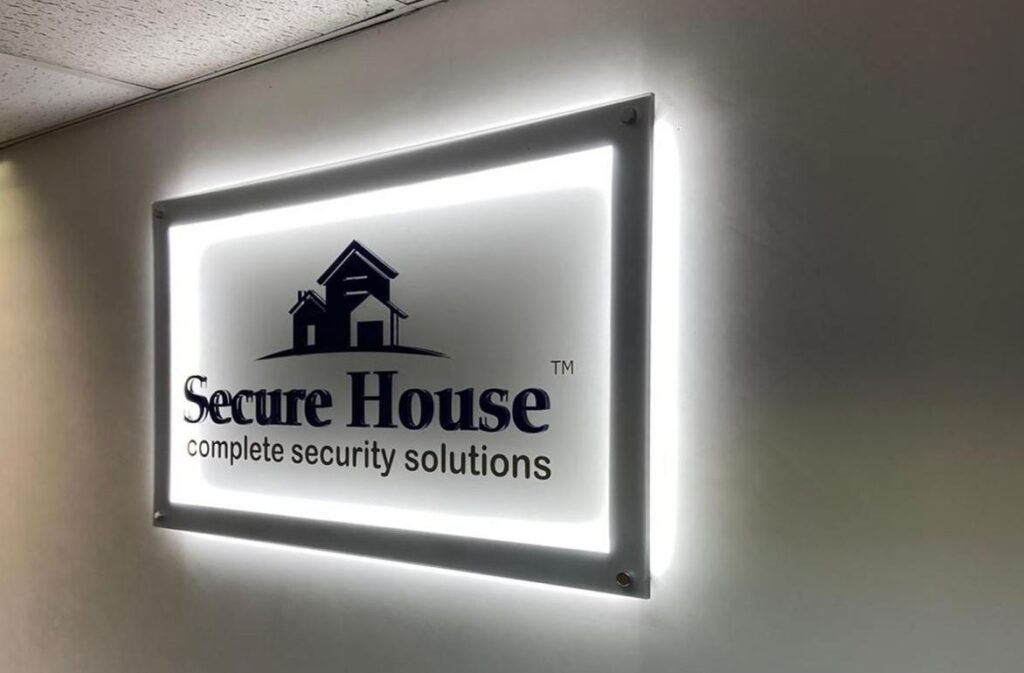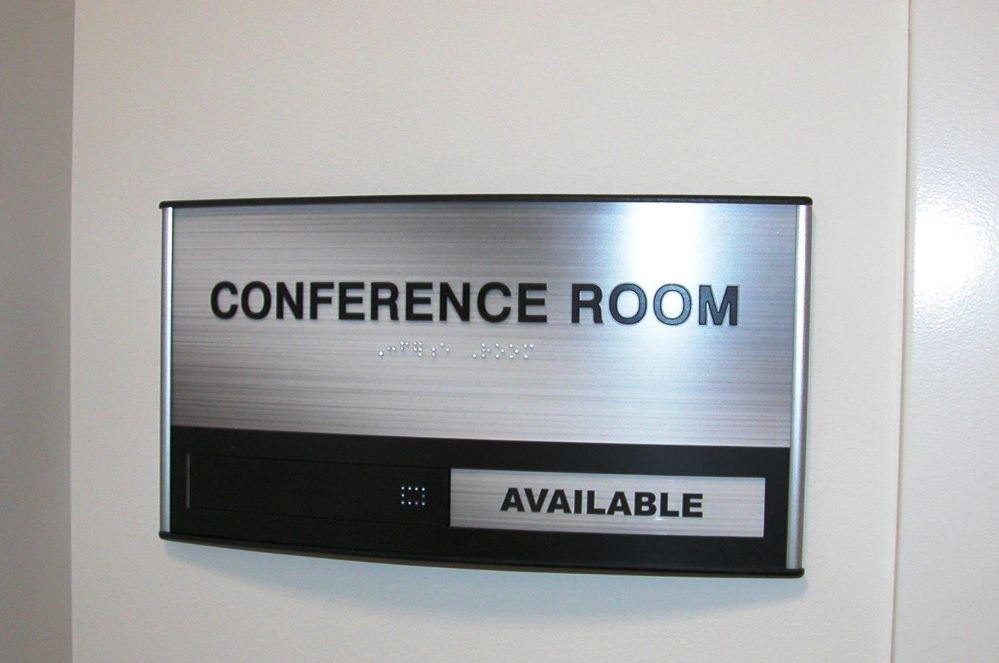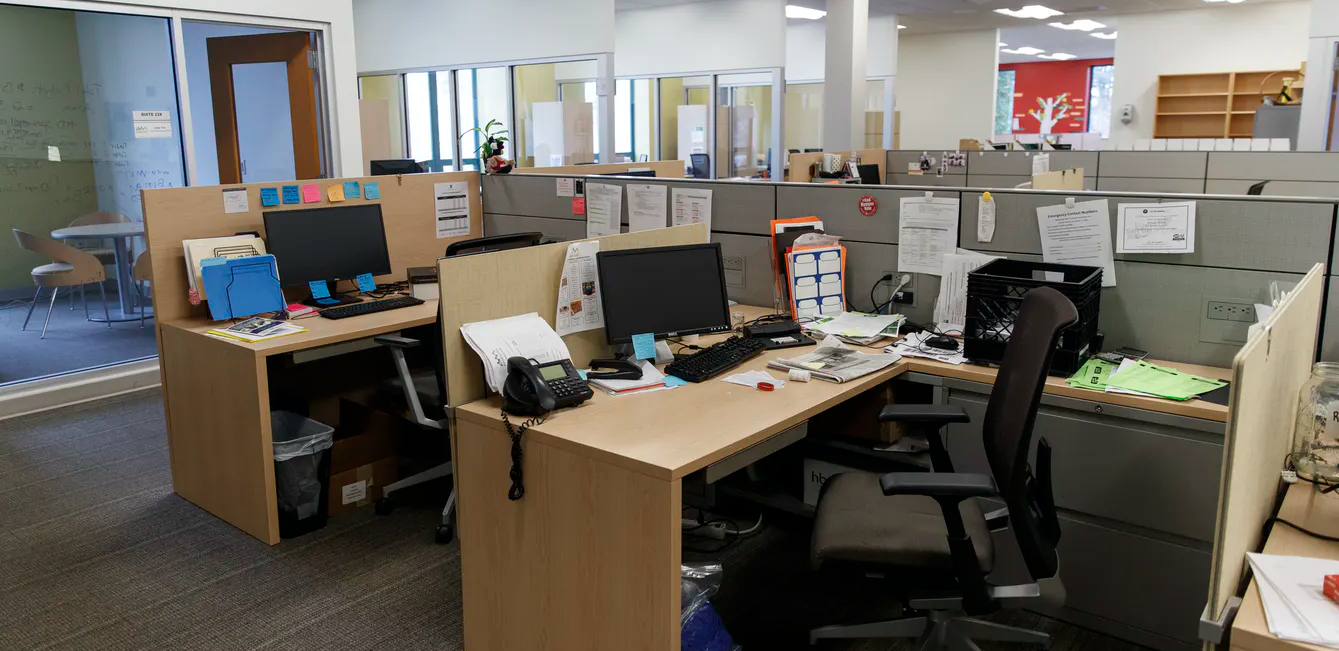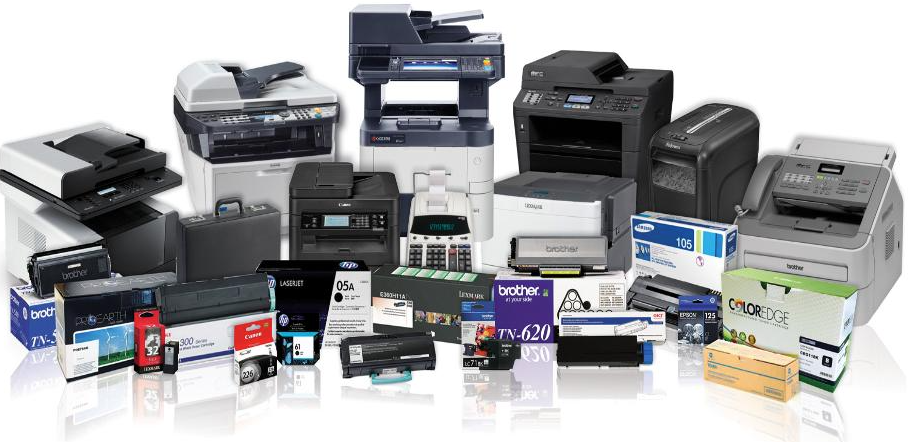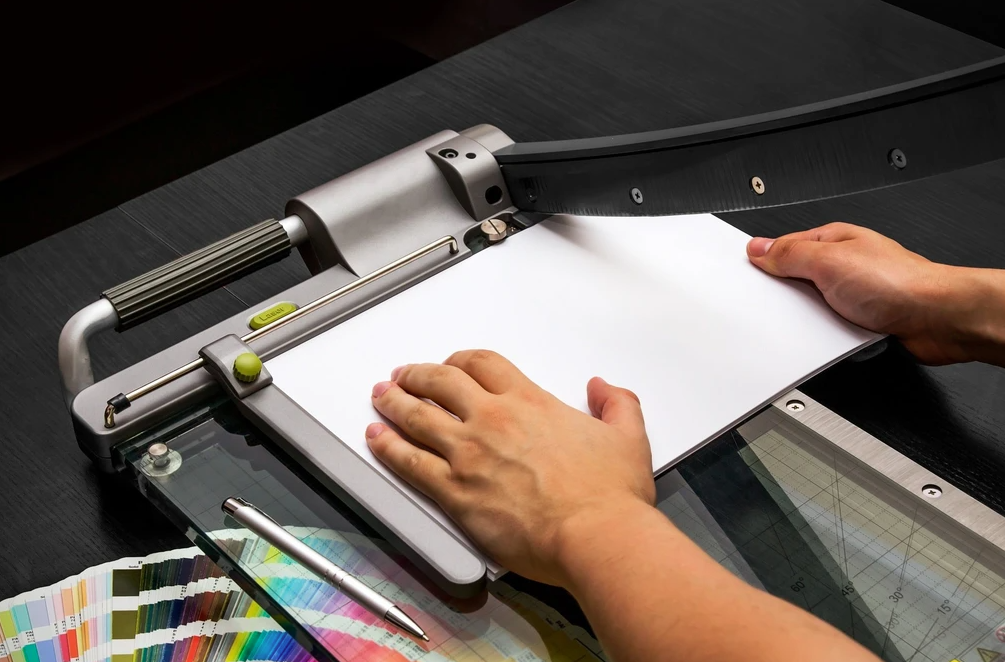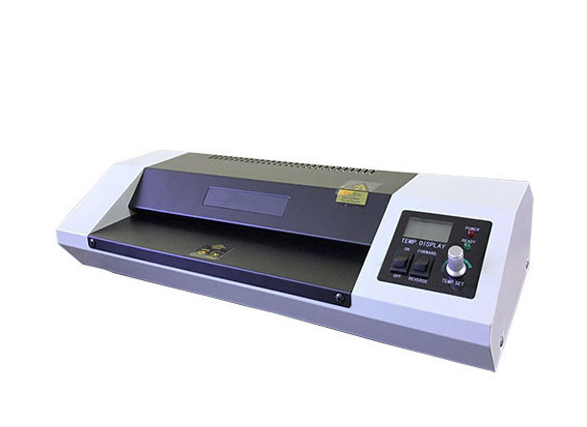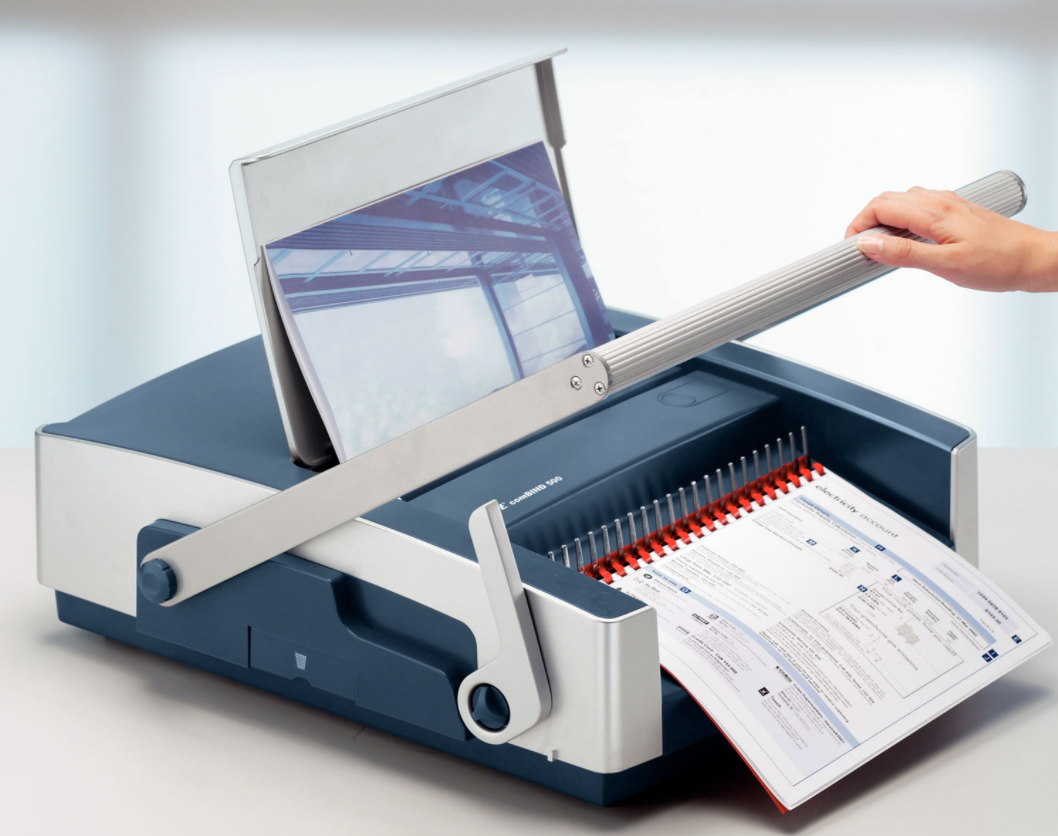Must-Have Office Equipment for Productivity in the Digital Age
In the rapidly evolving digital age, productivity in the workplace hinges on having the right tools and technologies at our disposal. The need for appropriate office equipment has never been more critical as the conventional office environment transforms into more dynamic and often hybrid work settings. This shift demands a reevaluation of the tools we use to stay productive, connected, and secure. Below, we delve into the must-have office equipment for enhancing productivity in the digital age, touching upon everything from essential hardware and productivity software to networking and connectivity solutions.
Essential Hardware
High-Performance Computers and Laptops
The cornerstone of any productive office setup is a high-performance computer or laptop. With the complexity and demands of today’s software applications, a device’s processing speed, memory, and storage capabilities become critical. These specifications are not just about speed but the ability to multitask seamlessly and run heavy software applications without a hitch. A lag in performance can significantly disrupt workflow and creativity, making a powerful computer an indispensable tool in the modern workplace.
Ergonomic Chairs and Desks
The importance of ergonomics in the office cannot be overstated. Ergonomic chairs and desks play a pivotal role in maintaining productivity by ensuring comfort over long working hours. More than just comfort, they are crucial in preventing workplace injuries associated with poor posture and repetitive strain. An investment in ergonomic furniture is an investment in the health and well-being of employees, which, in turn, leads to fewer absences and a more engaged workforce.
Secondary Monitors
The addition of a secondary monitor to one’s workspace is a game-changer for productivity. Dual monitors allow for easier multitasking and a significant increase in work efficiency. Having the ability to reference materials on one screen while working on another reduces the time spent switching between tabs and applications, streamlining the workflow and minimising errors caused by constant context switching.
High-Quality Webcams and Headsets
In the era of remote and hybrid work environments, clear communication has become more important than ever. High-quality webcams and headsets are essential for facilitating professional video calls, virtual meetings, and conferences. These tools ensure that communication is not just possible but effective, bridging the gap between physical distance and fostering a sense of connection and collaboration among team members.
Productivity Software
Task Management Tools
Managing projects, tasks, and deadlines effectively is essential for sustaining productivity. Task management software serves as a unified platform to monitor progress, establish deadlines, and assign tasks with ease. This software gives a comprehensive view of project schedules and duties, guaranteeing that no detail is overlooked. By simplifying the management process, task management tools are instrumental in maintaining team focus and adherence to timelines.
Collaboration Platforms
Collaboration platforms have revolutionised the way teams communicate and work together. These tools facilitate seamless communication, file sharing, and real-time collaboration, regardless of the physical location of team members. They are instrumental in maintaining the flow of ideas and ensuring everyone is aligned on project goals and updates, enhancing teamwork and productivity.
Time Tracking Applications
Time tracking applications are essential for managing work hours effectively, especially in remote or flexible work settings. They help individuals and teams gauge how much time is spent on specific tasks, providing insights into productivity patterns and areas for improvement. Moreover, these tools are valuable for ensuring a healthy work-life balance by preventing overwork and burnout.
Networking and Connectivity Solutions
High-Speed Internet Access
Reliable and fast internet access is the backbone of digital office operations. It supports virtually every aspect of modern work, from accessing cloud-based services and databases to conducting video conferences and collaborating online. High-speed internet ensures that these tasks can be performed efficiently, without the frustration and productivity loss associated with slow or unstable connections.

VPN and Cybersecurity Tools
With the increasing prevalence of remote work, securing digital communications and protecting sensitive information have become paramount. VPN (Virtual Private Network) and cybersecurity tools provide a secure connection to office networks, safeguarding data from potential threats. These tools are essential for maintaining the integrity and confidentiality of work-related information, ensuring that employees can work remotely without compromising security.
Smart Office Gadgets
Smart Speakers and Assistants
In the modern office, smart speakers and voice-activated assistants have become invaluable for boosting productivity. They offer a hands-free way to manage schedules, set reminders, conduct searches, and even control other smart devices within the office environment. This technology streamlines tasks that would typically require manual input, allowing professionals to stay focused on their work without getting bogged down by the minutiae of day-to-day operations.
Wireless Charging Stations
The advent of wireless charging stations in the office space addresses both practicality and aesthetics by eliminating the clutter of cables. These stations ensure that all necessary devices, from smartphones to tablets, are charged and ready for use without wires. This keeps the workspace neat and organised and ensures that devices are always operational, thereby reducing downtime and boosting efficiency.
Document Scanners
The use of efficient document scanners facilitates the move towards a paperless office. These gadgets allow for the quick digitisation of documents, making them easier to share, store, and access. Digitisation saves physical space and enhances document security and accessibility, allowing for better information management and a more streamlined workflow.
Health and Well-being
Air Quality Monitors
The quality of the air within an office environment can have a significant impact on health and productivity. Air quality monitors help keep track of pollutants and ensure that the workplace maintains a healthy environment. By alerting staff to harmful air quality changes, these devices play a crucial role in preventing health issues arising from poor air conditions, thereby maintaining productivity and well-being.
Desk Lamps with Adjustable Lighting
Proper lighting is crucial in any workspace to reduce eye strain and improve focus. Desk lamps with adjustable lighting allow employees to customise their lighting conditions to suit their needs, which can significantly enhance comfort and reduce the risk of eye fatigue. This consideration of visual ergonomics is vital for maintaining productivity over long work periods.
Noise-Canceling Headphones
In open-office environments or when working from noisy locations, noise-cancelling headphones are a must-have. They create a distraction-free zone, enabling deep focus and concentration by blocking out background noise. This tool is especially beneficial for tasks requiring high concentration levels or when participating in virtual meetings, ensuring clear communication and attention to detail.
Personalization and Aesthetic
Creating a workspace that is functional and inspiring is essential for sustained productivity. Personal touches, whether inspirational quotes, photos, plants, or even the choice of office supplies, can significantly affect how an office feels. These personalisations help create a more comfortable and motivating work environment, reflecting the personality and preferences of its occupants.
Integrating the aforementioned must-have office equipment pieces can dramatically enhance productivity and satisfaction in the digital age. Each plays a pivotal role in creating an efficient, secure, and enjoyable work environment, from cutting-edge technology to health and well-being gadgets. As the nature of work continues to evolve, so should our office spaces and the tools we rely on within them.
We encourage readers to assess their current office setups and consider whether incorporating some elements could improve their productivity and workplace satisfaction. In an era where work and technology are increasingly intertwined, making thoughtful upgrades to your office equipment is not just a matter of convenience but a critical step towards optimising your professional performance.


